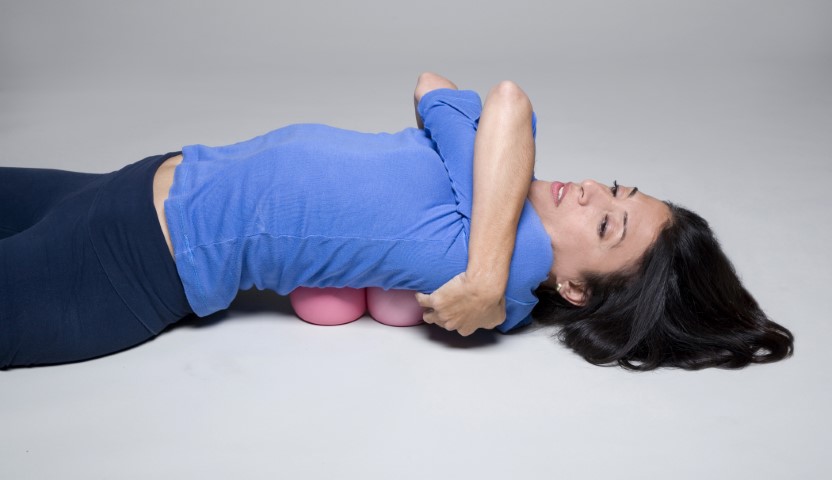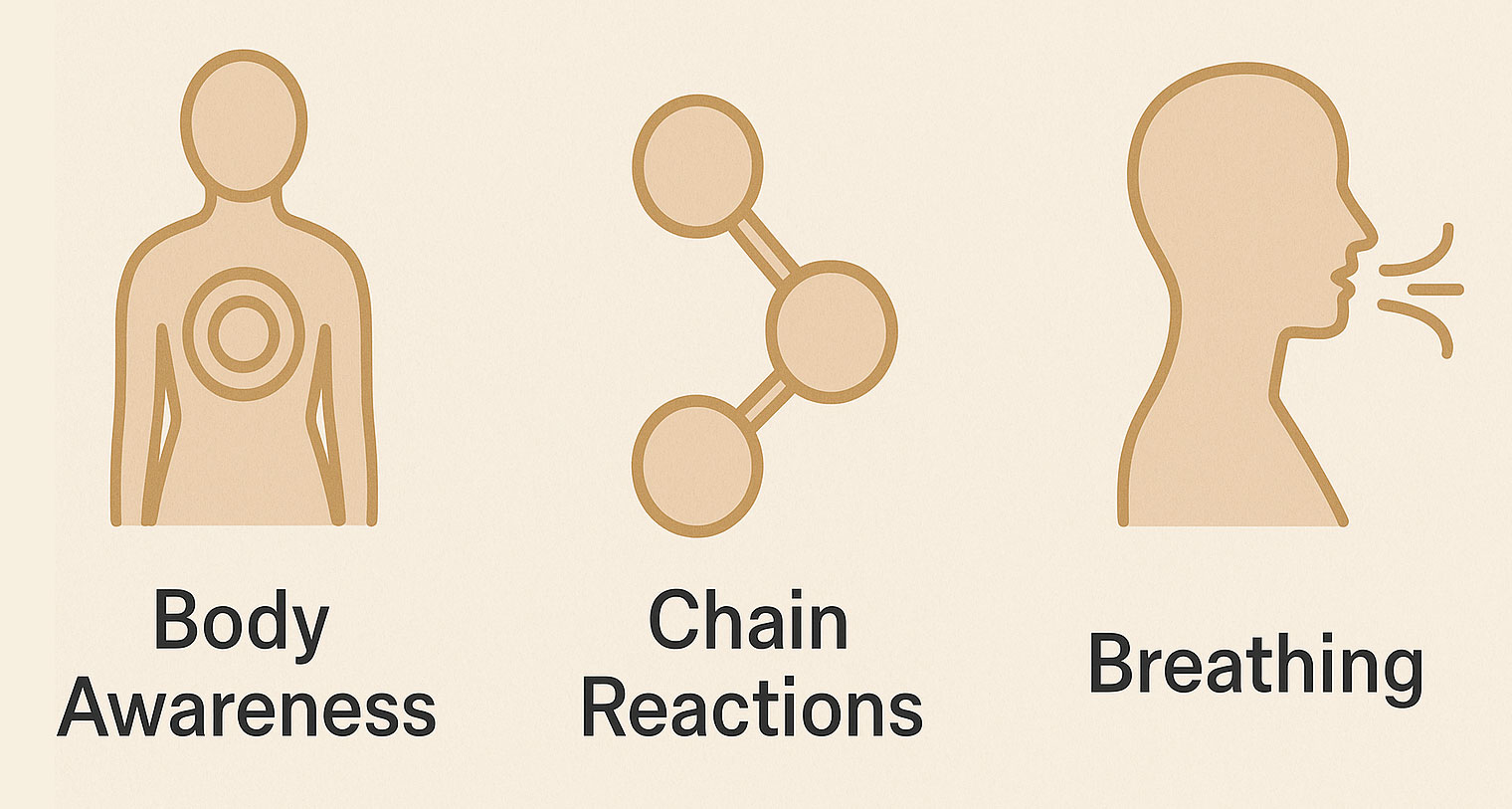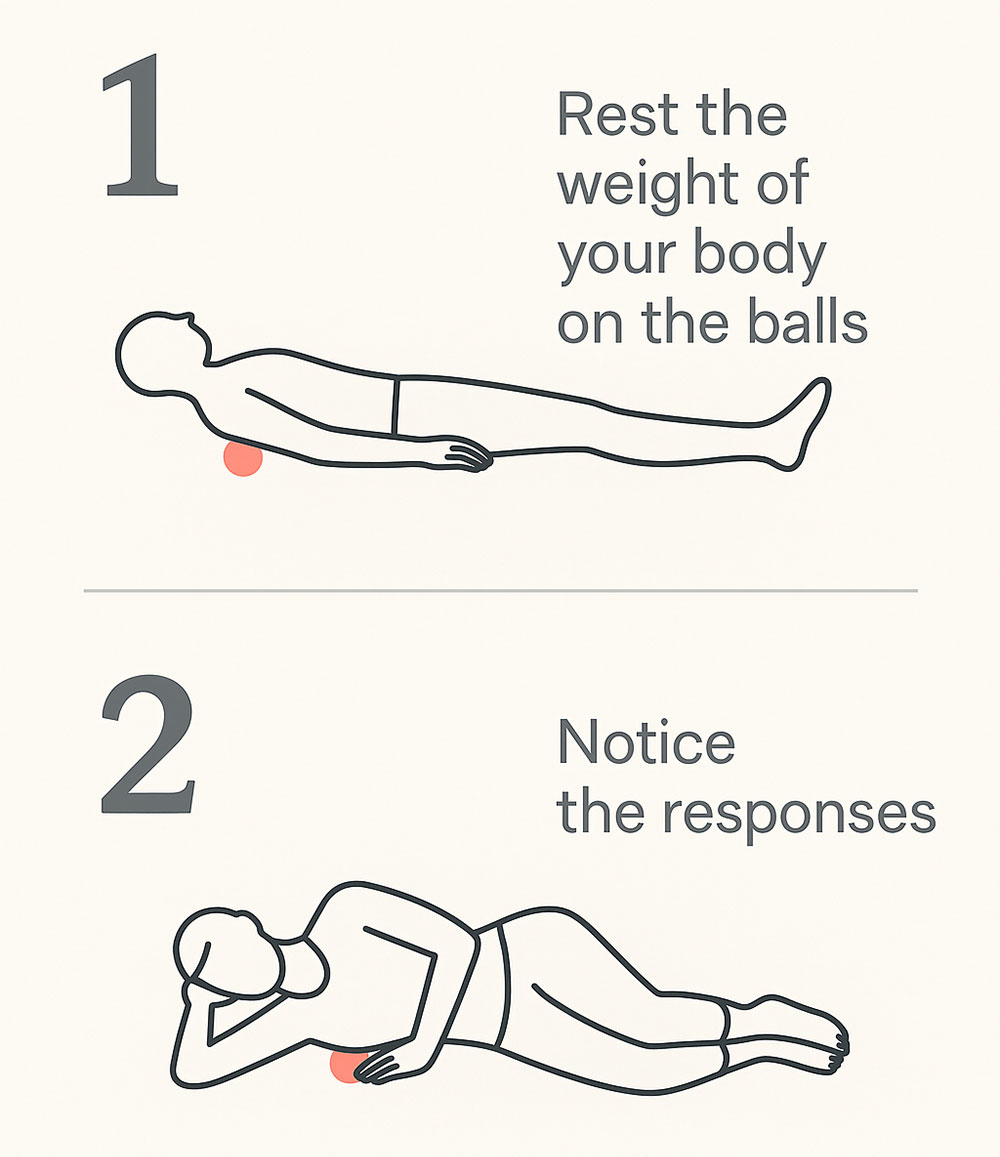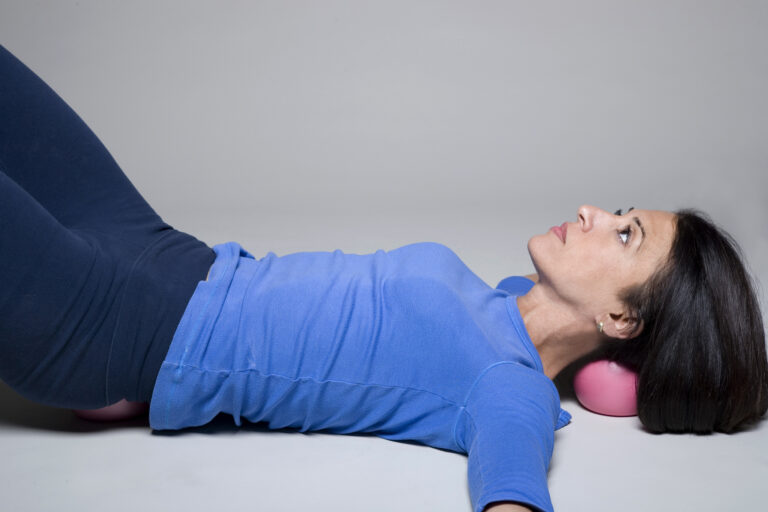It’s hard to put this into words. The physical body is subjective. It’s based on each person’s unique feeling of their body. No one feels exactly the way you do. We share similarities, but we often interpret them differently.
Back pain is a great example because it’s so common. When I began reading about chronic pain, lower backaches, and the statistics on how many people experience it—and what kinds of treatments they use—I discovered that the real challenge is our individuality.
In many cases, the body will heal the backache on its own, regardless of treatment. In fact, some studies showed that the more treatments people explored, the slower the healing response.
Why? Because each of us digests information differently. For some, treatments can actually increase anxiety:
“Am I better yet?”
“When will I get better?”
“How bad is this?”
Some people will try everything, others will wait it out, and their bodies will recover naturally. But it’s not that simple—because people are complex.
The body is simple. People are not.

About the Balls
The balls work because they help us sense that the body can change. You do need to follow the directions.
Many, many times people tell me, “I got the balls, put them under my hips, and felt immediate relief.”
That’s a perfect example of your body doing what it already knows how to do. And I love that they can simply enjoy that moment.
Years ago, a neurologist came to see me as I was developing more language to communicate with the physical body. She was trying to understand why the ball worked. She said:
“It’s like a neurological tool for the brain to find different parts of the body.”
I thought that was beautiful.
People are constantly trying to change their body—relieve pain, de-stress, improve posture, look better. But very rarely do people simply feel their body. There’s no real language for how our body feels.
Even asking that question can be confusing. So a large part of this method is what I call the Body Dialogue—and that is not optional when you do the method.

Feeling the Clump
Begin to notice different parts of your body, even when you’re on the ball. The “clump” approach to movement—treating the body as one big stuck unit—doesn’t work unless you begin to feel it.
You must notice what you’re doing. That’s when you can loosen the clump and begin to move more freely.
The emotional approach of asking, “Am I better yet?” or “How do I feel?” doesn’t work.
Simply trying to relax or let go to de-stress doesn’t work either.
Your body has a certain feeling based on the weight of its parts. Gravity is affecting us every moment—it influences our breathing and movement. It’s the perfect form of resistance training. But since most of us aren’t aware of how we use our body, we’re often trying to get out of it or disassociate from it.
We look outside ourselves, and when we look inward, it’s usually to soothe an emotional need. None of that is wrong—but we need to distinguish between our emotions and what our physical body is experiencing.
The Method is for that experience.
The Balls Are a Tool
As my student described so beautifully, the balls can give you a sense of different body parts and help you acknowledge their responsiveness. That’s your body doing what it knows how to do.
Begin to develop your own unique, personal language for what your body feels like.
Take what you feel on the balls with you throughout your day.
If this doesn’t make sense at first, that’s okay.
Many things seem difficult when they’re foreign. The more you learn, the easier it gets.

It’s Simple
Rest the weight of your body on the balls and notice the responses.
There are natural chain reactions that take place—your breathing shifts, your awareness grows.
You don’t feel anything? That’s valuable information.
When I started, I had little feeling too. That doesn’t mean you should stop. It means: do the Method.
Remember, you have two choices:
- Hold on to your habitual way of being in your body—something most of us aren’t even aware of. These habits are often the source of discomfort, pain, and anxiety.
- Allow yourself to feel—to breathe, to sense the pleasure of your body unwinding.
Change often begins in the areas we don’t feel.
Then you might discover that your body is limitless in its ability to change, improve, relieve pain, move—and enjoy moving every day.






